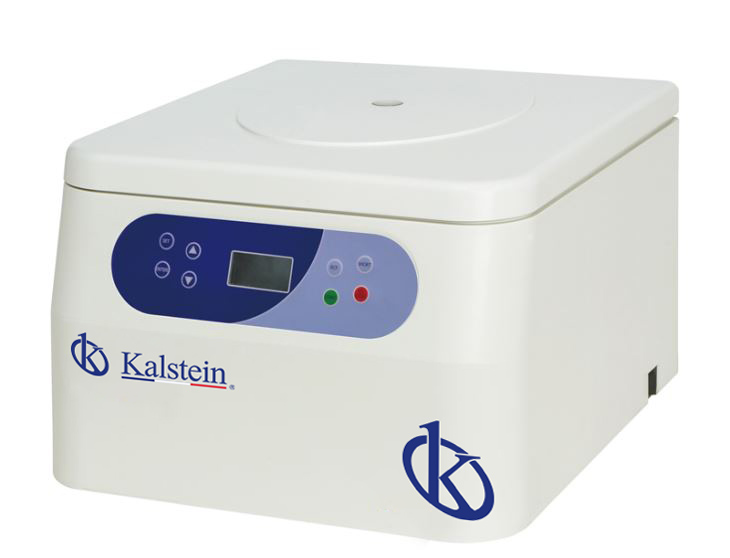A clinical centrifuge is a laboratory instrument that separates cellular components, blood plasma and serum, cellular elements from urine samples and other biological liquids, through rotational movements. It does this by applying sustained centrifugal force (that is, a force produced by rotation) to propel elements away from the center of rotation, allowing particles to separate in a liquid medium by sedimentation.
The centrifugal force accelerates the sedimentation process of particles that have a tendency to do so spontaneously (those that have a density greater than that of the liquid), or in those that tend to float (density lower than that of the liquid).
The centrifuge is used, above all, for the separation of heterogeneous liquid-solid mixtures and liquid mixtures such as insoluble liquids with different specific gravity.
The type of clinical procedure and the size of the laboratory are two very important factors when choosing a centrifuge. Although there are many models and types of centrifuges, their operation is always the same: all centrifuges rotate the samples around a fixed angle and separate fluids from solid substances by applying the sedimentation principle.
Basic parts of a clinical centrifuge
The basic components of a clinical centrifuge are: rotor, motor, vacuum chamber, and speed, time and temperature control.
Applications of a clinical centrifuge
This type of centrifuge is used in different clinical applications such as:
- Blood chemistry
- Cellular and serological studies
- Blood bank
- Urinalysis
- Coproanalysis
- Hematic biometry
- Biological practices
Instructions for loading a clinical centrifuge
- Place loads that have the same mass or weight opposite each other on the rotor.
- In addition to having the same mass, they must have the same center of gravity, do not place tubes and containers as opposing pairs.
- Operate the centrifuge by placing all accessories on the rotor.
- Use the original equipment rotor and accessories. Non-original parts can cause an imbalance.
- Supplement these recommendations with the manufacturer’s instructions.
What are the advantages offered by a clinical centrifuge?
At Kalstein we are specialists in the manufacture of laboratory equipment, and our clinical centrifuges generally have a wide variety of advantages, such as:
- Ease of operation and the best technology.
- Safety device against accidents.
- Guarantee of separation of the components of a mixture.
- They have legs covered with non-slip material to fix them on tables or counters.
- Ease of cleaning, maintenance and safety.
- They have a rotor that prevents noise and strong vibrations.
- Models that provide economy, efficiency and durability.
What recommendations should you take into account when using a clinical centrifuge?
When you use a clinical centrifuge, it is important that you take into consideration the following recommendations to keep the centrifuge in adequate conditions:
- Keep the lid closed during the spin process.
- Check that the surface where the centrifuge is located is level.
- Replace metal containers that are in poor condition.
- Do not use glass equipment in poor condition
- Replace the buffer plugs of the sample holders.
- Keep the centrifuge free of sample debris, glass and dust.
At Kalstein we are MANUFACTURERS and we offer you an excellent range of clinical centrifuges at the best PRICES on the market. That’s why we invite you to take a look at the HERE

